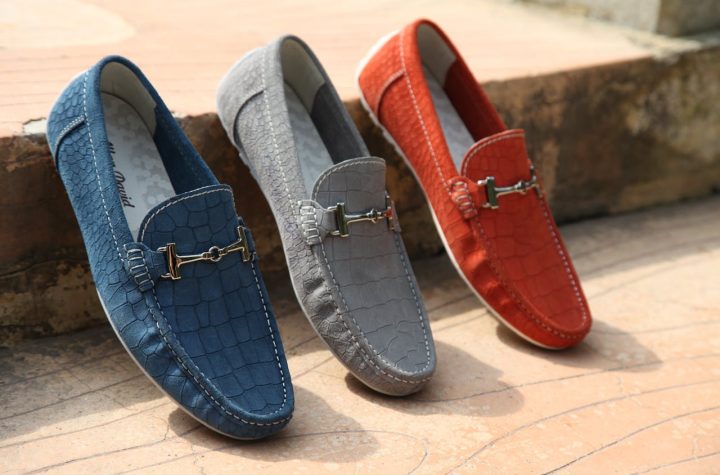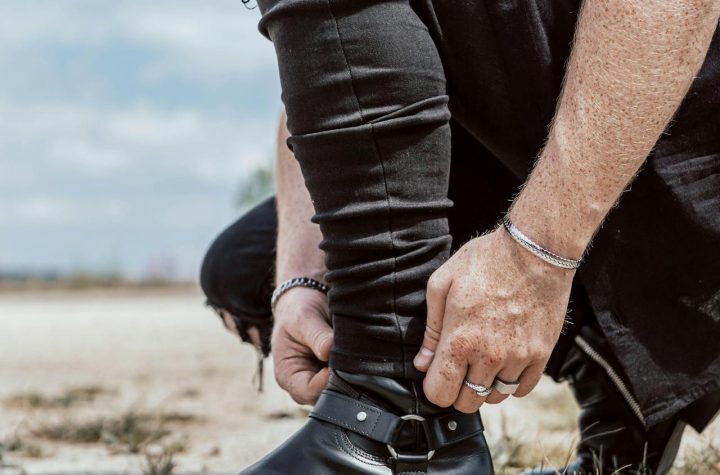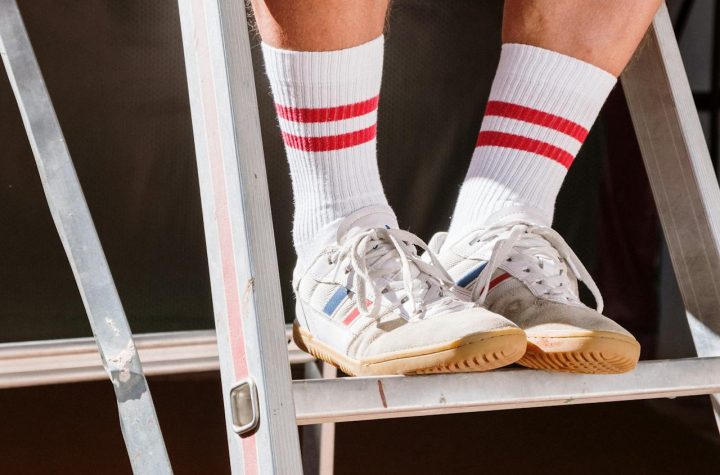
Having the right shoes is essential for CrossFit, as they support various movements and enhance your performance. But how do you ensure the perfect fit?
Finding the perfect pair goes beyond trying them on. It involves understanding your foot shape, testing comfort across different workouts, and ensuring proper support. This guide will walk you through effective methods to check the fit of CrossFit shoes, so you can tackle WODs confidently.
Understanding the Importance of a Proper Fit
A good fit in CrossFit shoes is key to optimal performance. When your shoes fit well, you move more freely and confidently, boosting your agility for activities like jumping, running, or lifting.
Ill-fitting shoes can cause discomfort and even injuries over time, such as blisters, calluses, and foot pain. You need shoes that hug your foot without pinching.
The right fit also ensures stability during lifts and dynamic movements. A secure heel counter keeps your foot in place, providing the support needed for heavy squats or deadlifts.
Proper fit enhances overall efficiency in every workout. With shoes that suit your unique foot shape and size, you’ll notice improved comfort and performance during challenging exercises.
Evaluating CrossFit Shoe Fit Methods
Finding the right fit for CrossFit shoes is crucial. Here are some methods to assess whether a shoe meets your needs:
- Length: Ensure there is about a thumb’s width of space between your longest toe and the front of the shoe.
- Width: Shoes that are too narrow cause discomfort, while overly wide ones may lead to instability. Walk around in them to check for pinching or slipping.
- Heel: A snug heel fit prevents movement during activities like box jumps and sprints.
- Arch Support: Choose based on your foot type—flat feet may need more cushioning than high arches.
Expert Recommendations on Checking CrossFit Shoe Fit
Experts recommend starting with a snug yet comfortable feel. Your toes should lightly touch the front of the shoe without feeling cramped. This balance helps prevent toe injuries.
Consider your heel’s position. It should stay secure as you move, preventing blisters and enhancing stability during lifts and jumps.
Pay attention to arch support. Each foot has a unique shape, so choose shoes that match your arch type for comfort and performance. Try options designed for flat feet or high arches if needed.
Test the shoes in-store if possible. Walk around and perform basic movements like squats or lunges to ensure they provide adequate support across exercises.
Identifying Proper Fit Characteristics
When choosing CrossFit shoes, look for these key fit characteristics:
- Toe Box: It should have enough room for your toes to move freely without feeling pinched.
- Heel Security: Heels should feel locked in place but not too tight, preventing slipping during dynamic movements.
- Arch Support: Find shoes that accommodate your specific arch type for comfort and stability.
- Cushioning and Flexibility: Ensure enough cushioning for impact absorption while allowing natural foot movement during exercises like squats or lunges.
Choosing shoes with these proper fit characteristics ensures success in every workout.
Utilizing Fit Guides and Tools
Use fit guides and tools to enhance your search:
- Sizing Charts: Check brand-specific sizing charts to match foot measurements to shoe sizes.
- Measuring Tools: Use devices like a brannock device to measure foot length and width for accurate dimensions.
- Virtual Fitting Tools: Some retailers offer tools that provide personalized shoe recommendations based on your measurements.
- Customer Reviews: Read feedback regarding shoe fit. Other athletes often share how true-to-size a model runs or any comfort or support issues.
Ensuring Comfort and Support in CrossFit Shoes
Comfort and support are crucial when selecting CrossFit shoes. The right pair should feel like a second skin, allowing you to focus on your workout.
Consider shoe cushioning. A well-cushioned sole absorbs impact during high-intensity workouts while providing stability. Look for materials offering responsiveness without sacrificing comfort.
Evaluate arch support. Shoes with proper support prevent injuries and enhance performance by distributing weight evenly. If unsure, get fitted at a specialty store or use online resources.
Check the shoe’s breathability. Materials allowing airflow keep feet dry and comfortable during long sessions, reducing blisters or discomfort from sweat accumulation. Prioritize balancing these elements for an optimal workout experience.
Addressing Common Fit Questions and Concerns
When choosing CrossFit shoes, common concerns may arise:
- Sizing Discrepancies: Each brand has a unique size chart. Consult these before purchasing.
- Shoe Width: Look for models available in various widths, especially if you have narrow or wide feet.
- Socks: Consider the sock type during workouts as it affects fit. Thicker socks might require sizing up.
- Trying Shoes Later: Try on shoes later in the day as feet swell slightly, providing a more accurate fit for intense workouts.
Addressing common concerns and focusing on proper fitting ensures maximum comfort and performance, reducing injury risks during your CrossFit journey.

I am passionate about digital finance and online entertainment, with years of experience in the world of cryptocurrencies, sports betting, and casino gaming. My mission is to provide readers with reliable information to help them make informed decisions in the realms of online gambling and digital investments. On this blog, I share the latest trends, platform reviews, and tips on safety and responsible gaming.




More Stories
How to Clean Patent Leather Shoes
What shoes to wear with grey suit?�
What color shoes to wear with a gray suit?